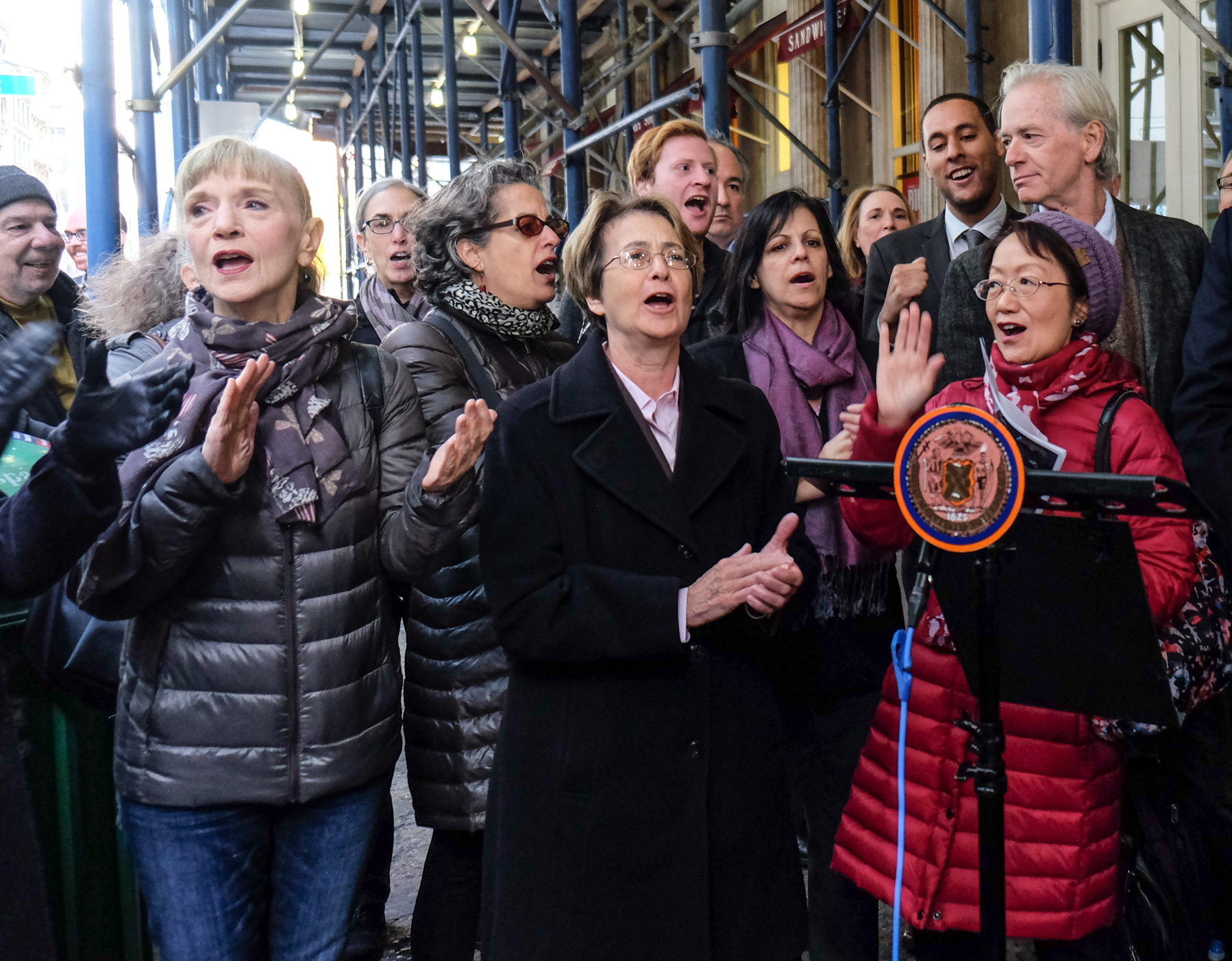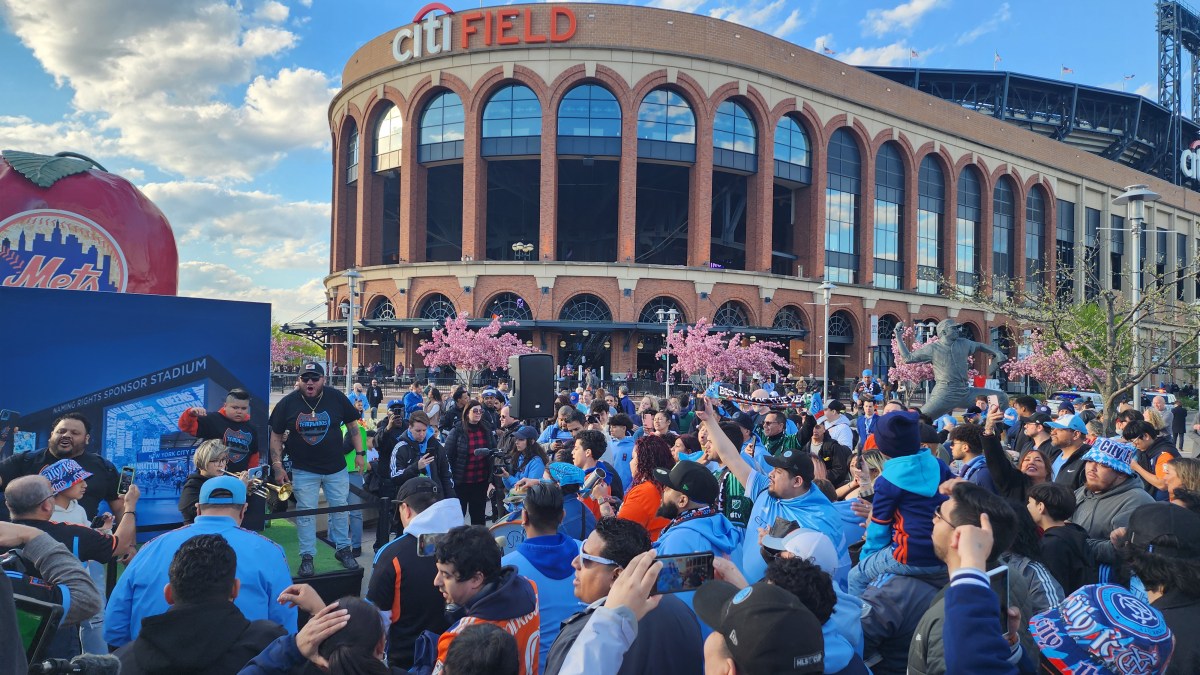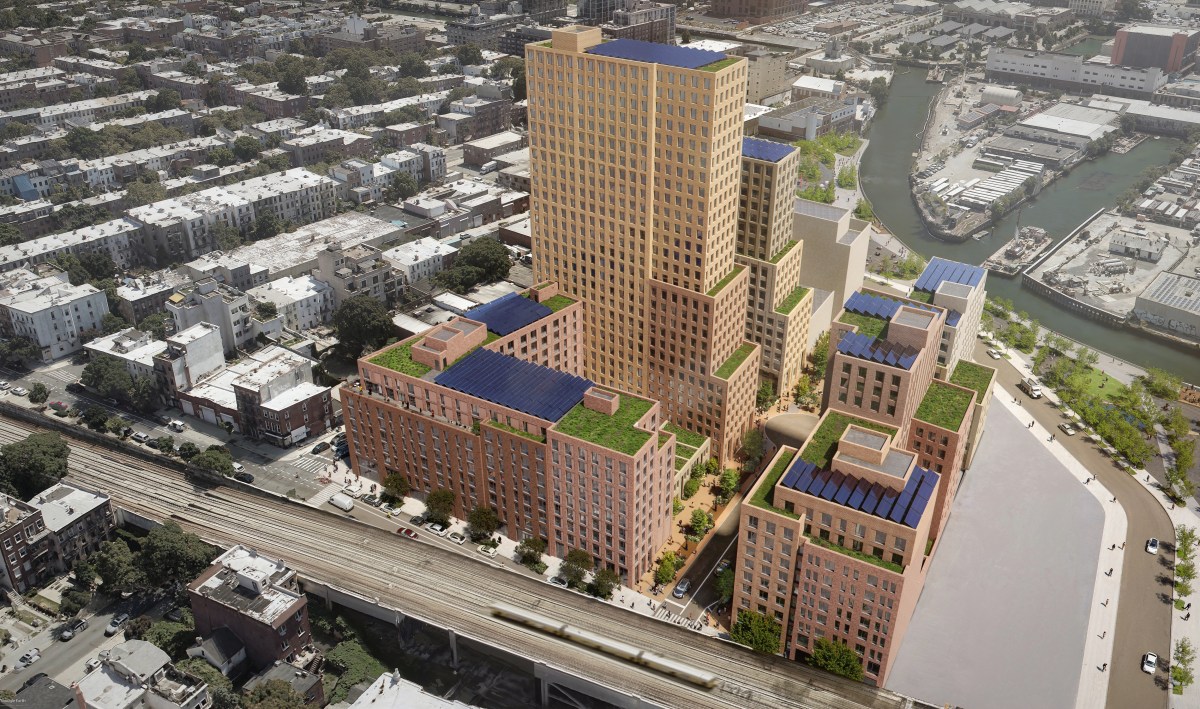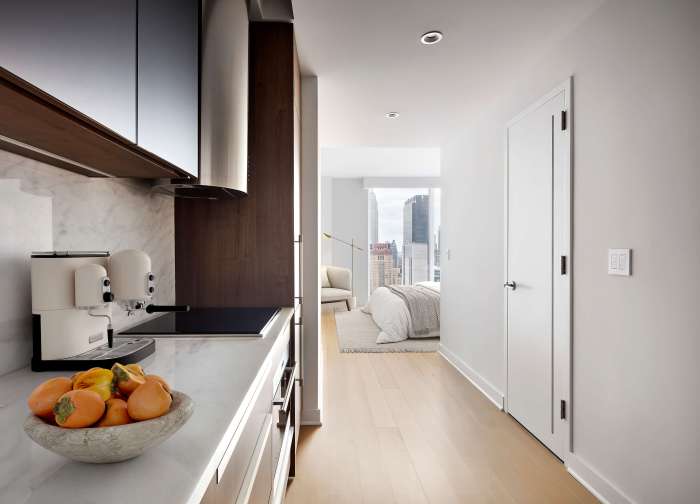
BY GABE HERMAN | The first meeting in the public-engagement process being held to explore possible rezoning efforts in Soho and Noho will be held on Wed., Feb. 6.
The meeting will be at 6:30 p.m. at P.S. 130, at 143 Baxter St., between Hester and Grand Sts.
The process was launched by the Department of City Planning, Manhattan Borough President Gale Brewer and Councilmember Margaret Chin. The six-month effort will include a number of “public sessions to hear from the local community on topics including housing, jobs, retail and creative industries,” according to a statement.
“The unique nature and vital role which the Soho/Noho neighborhoods play in our city’s economy and daily life necessitate a close examination,” Chin said in a statement to The Villager. “In particular, my office will want to look at the complex interplay between retail and housing interests in Soho and Noho. I look forward to engaging with community activists, business leaders and residents as we build a bold vision.”
Zoning was specifically mentioned in statements by Brewer and City Planning Director Marisa Lago.
Lago said, in part, “Like all neighborhoods, Soho and Noho face unique challenges, not the least of which is outdated zoning.”
Brewer said the area’s zoning definitely is need of a “fix.”
“The Soho/Noho area has a rich, vibrant history, but we need to fix its zoning to lay the foundation for its future,” she said. “As the old rules have stopped working, the area has seen a steady march of special exemptions, one-off variances and inappropriately large retail uses.”
But Sean Sweeney, director of the Soho Alliance, said it wasn’t a matter of the old rules not working — but the city failing to enforce the existing laws.
He cited the Bloomingdale’s at 504 Broadway, which opened in 2004 with six floors. When Sweeney contacted City Planning about the store exceeding the neighborhood’s 10,000-square-foot maximum for retail, he said he was told, “Forget about it. You can’t fight Bloomingdale’s.”
Sweeney said local zoning infractions over the years have included two developers being allowed by the Board of Standards and Appeals to overbuild on parking lots by 50 percent. He said the developers were each granted a “hardship variance,” after claiming they had made a bad real estate deal in buying the lots.
And he said Soho was designated for wholesale uses in the 1970s and ’80s before the Department of Buildings allowed retail stores to be grandfathered in based on businesses submitting “bogus evidence” of past retail existing at those locations.
“When they say it’s broken, it’s because the city broke it purposely by design and by negligence over the last 30 years,” said Sweeney, who has lived in Soho since 1977.
The Soho Alliance is one of the local groups consulting on the project, which will culminate in a report expected this summer. Sweeney said there is concern that the current way in which big retail stores are allowed to slip in will be formalized and legalized by the current process.
“We don’t want the zoning to change, we want enforcement,” Sweeney said.
There is also worry that artist-resident protections enacted in 1971 may be removed. Sweeney said that City Planning in 1983 tried to remove the joint living-working quarters for artists (J.L.W.Q.A.) law that requires every unit to have at least one resident who has been certified as an artist by the city’s Department of Cultural Affairs.
Community pushback defeated that 1983 effort, yet the law is not enforced. However, Sweeney said he is O.K. with that situation because at least have the regulation on the books, legally prevents artists from being kicked out of the neighborhood.
Yukie Ohta, of the Soho Memory Project, said she is not part of the advisory group on the rezoning initiative but has spoken with many locals and heard conflicting opinions of whether rezoning is needed or just some smaller tweaks.
“We need to create a more workable mixed-use neighborhood with fewer conflicting uses,” she said. “From a resident’s perspective, this means reasonable restrictions for retail establishments.
“This also means enforcement of protections to ensure current residents are not priced out of their homes through rising maintenance costs and taxes.”
Ohta said longtime Soho residents need to be considered, including those who were involved in helping create the 1971 artist protections.
“They have the long view of the evolution of Soho and should have a place at the table in this go-around,” she said of the neighborhood veterans. “In short, the needs of all stakeholders need to be equally considered and protected.”

















